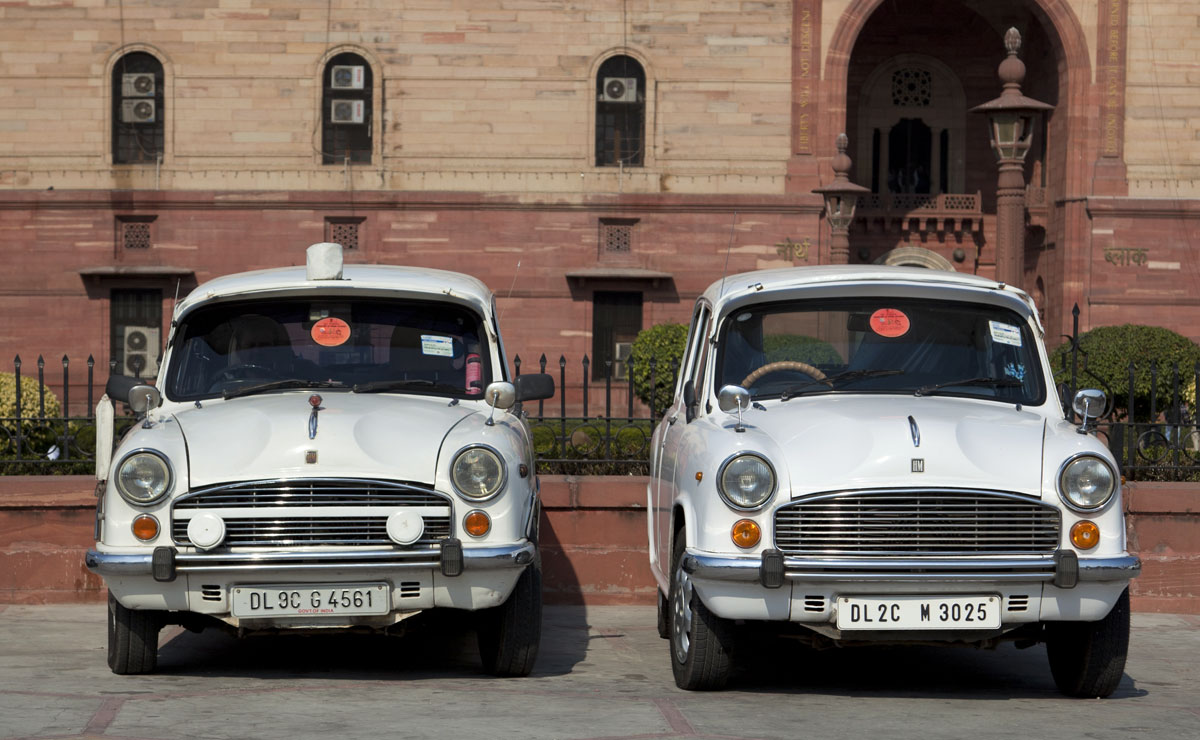THE ODD-EVEN TRIAL
Two vehicles in Delhi with even (l) and odd license plates.
A collective Delhi succeeded in lowering its air pollution. The means was the implementation of an odd-even scheme of car rationing on its roads, promulgated from January 1st for a total of 15 days by the government of Aam Admi Party led by Chief Minister Arvind Kejriwal, writes Priyanka Bhardwaj. (@Siliconeer, #Siliconeer, #Delhi, #OddEvenScheme, #DelhiAirPollutionControl, #ArvindKejriwal, #AAP, #AamAadmiParty, #narendramodi, #UniversityofChicago, #HarvardUniversity)
According to this rule only odd numbered private four wheelers could ply on odd days and even numbered ones on even days.
The scheme was not in force on Sundays and was relaxed for cars driven and occupied by females only.
Proving the point on bettering of air quality is the study by the green body, Center for Science and Environment, immediately after the rationing experiment.
Analysis showed that on the first day after the scheme fine particulate matter was at PM 2.5 which means a rise of more than 57 percent.
This jump in pollution evidently proves that any gains from the odd-even attempt stand to be lost if any contributory factors such as cold weather, lower wind speed and western disturbance come into play, thereby necessitating the quick implementation of emergency measures which include diversion of goods traffic, closure of the coal-based Badarpur Power Plant, introduction of more walking and cycling facilities, induction of more public transport vehicles and perhaps a second attempt at a revised road rationing scheme.
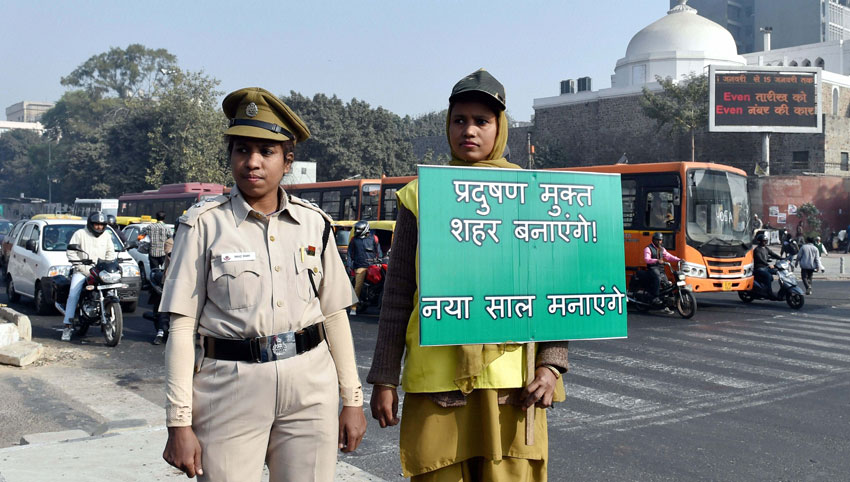
Another study on air quality during the first two weeks of the month, by a team of researchers from the Energy Policy Institute at the University of Chicago and Evidence for Policy Design group at Harvard University, too support the scheme as pollution concentrations indeed reduced by about ten to thirteen percent for those 15 days.
Furthermore, a survey carried out by the Department of Transport Planning, School of Planning and Architecture (SPA) experiment has thrown some light on a significant reduction in travel time across some of the most congested stretches in the National Capital Region as traffic volumes during morning peak hours reduced from 8-16 percent.
However successful the experiment was if comparative studies are anything to go by the average journey speed in the city during the trial period was still on the higher side vis-a-vis other cities across the world.
In London, Berlin and Paris it stands at 19 kmph, 24 kmph and 31 kmph respectively.
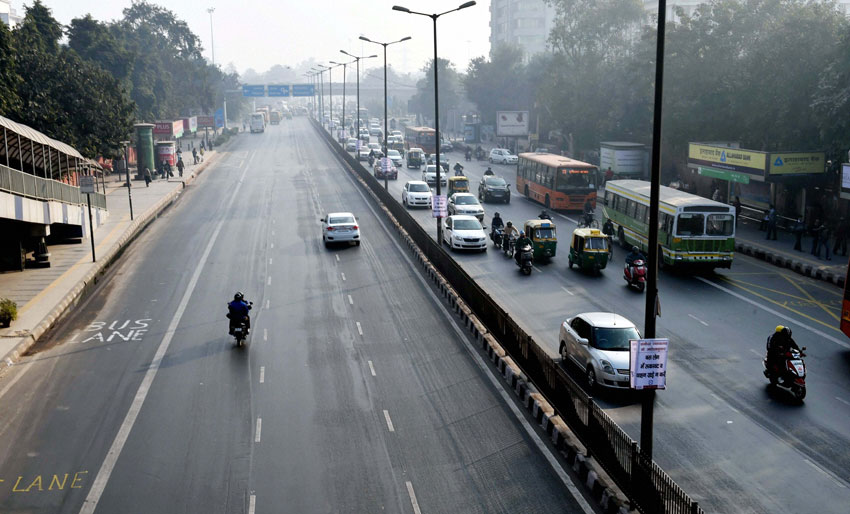
Therefore, considering that car ownership makes for an essential emotional acquisition and a status marker for the middle class heavy city there is bound to be 8 to 10 percent rise in traffic volumes in a year and in this situation the odd-even experiment would accrue benefits for not more than two years.
Queerly the central ruling political party, the Bharatiya Janata Party, and to some extent the opposition party, Congress were too bewildered to throw up their counter narratives to muster a mass dissension.
It is a known fact that the BJP still enjoys a significant support base, 32.3 percent vote share, especially among the city’s middle class while the AAP has come to wield the power baton riding on the strength of the two-wheeler-owning voter base.
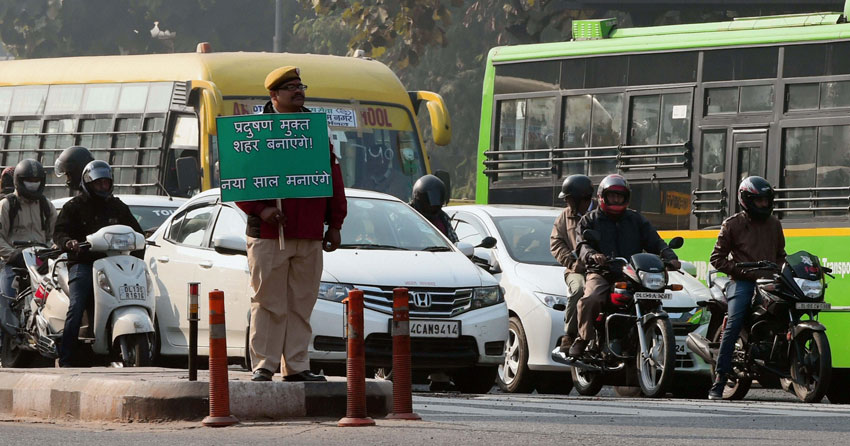
And despite the disillusionment of the middle classes the BJP failed to outflank Kejriwal and there was about cent percent compliance as 2,000,000 cars on an average plied on the city-roads in the 15 days and only 100-500 violations were issued.
To his credit Kejriwal ensured ad-campaigns and a seemingly consultative approach with every stakeholder translated into widespread participation as none and no political party wanted to appear politically incorrect on the issue of pollution.
In a major boost to Kejriwal’s efforts a Bench led by Chief Justice T.S. Thakur said the pilot project had to be promoted and even Supreme Court judges had did their bit by carpooling amongst themselves.
Interestingly, the scheme has opened a business frontier for taxi aggregators’ shared car services and major firms such as Uber and Ola are into a price war of sorts to woo the office going commuters who had been availing their services on alternate days.
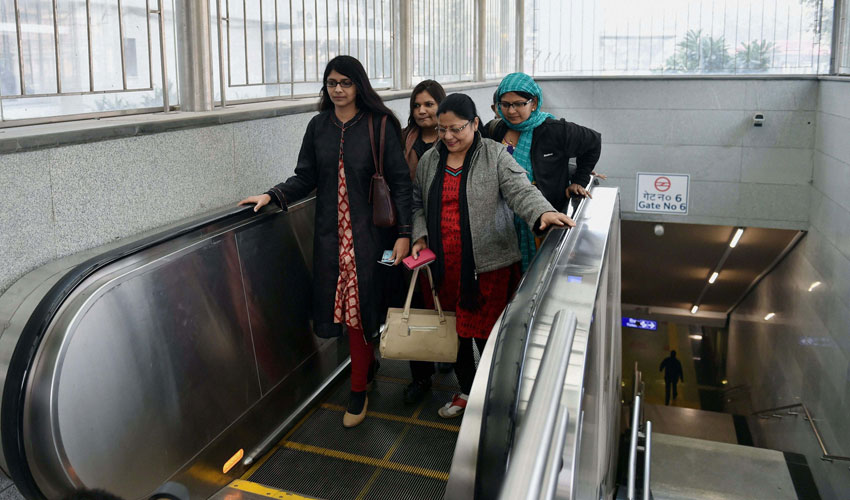
If hiring a shared car service such as UberPool across Delhi NCR is down to as low as Rs.5 a kilometer (25 percent reduction), Ola cabs, a rival to Uber, has also brought down its fares by Rs.49 for four kilometers.
Giving in to demands for a second attempt at the experiment Delhi’s Transport Minister, Gopal Rai has said that his government intends to implement a revised odd-even scheme by March along with introduction of 3,000 buses by the end of the year.
Sources in the government say that the scheme did not come cheap.
Out of the Rs. 0.2 billion kitty Rs. 0.14 billion went for hiring 1,200 private buses so as to augment public transport and the rest was expended on recruiting hiring civil defense volunteers who manned roads and handed flowers to encourage citizens to follow the odd-even rule.
Additional outlays of Rs. 0.08 billion accounted for expenditure on advertisements, pre-event promotion and thanksgiving advertisements.
Kejriwal may be commended for trying out a new experiment that may be a success in the short term but since cars make up for just about 10 percent of the pollution emitters in the city more creative policy measures may need to be adopted and in this crowd-sourcing of newer ideas may have a vital role to play.
